
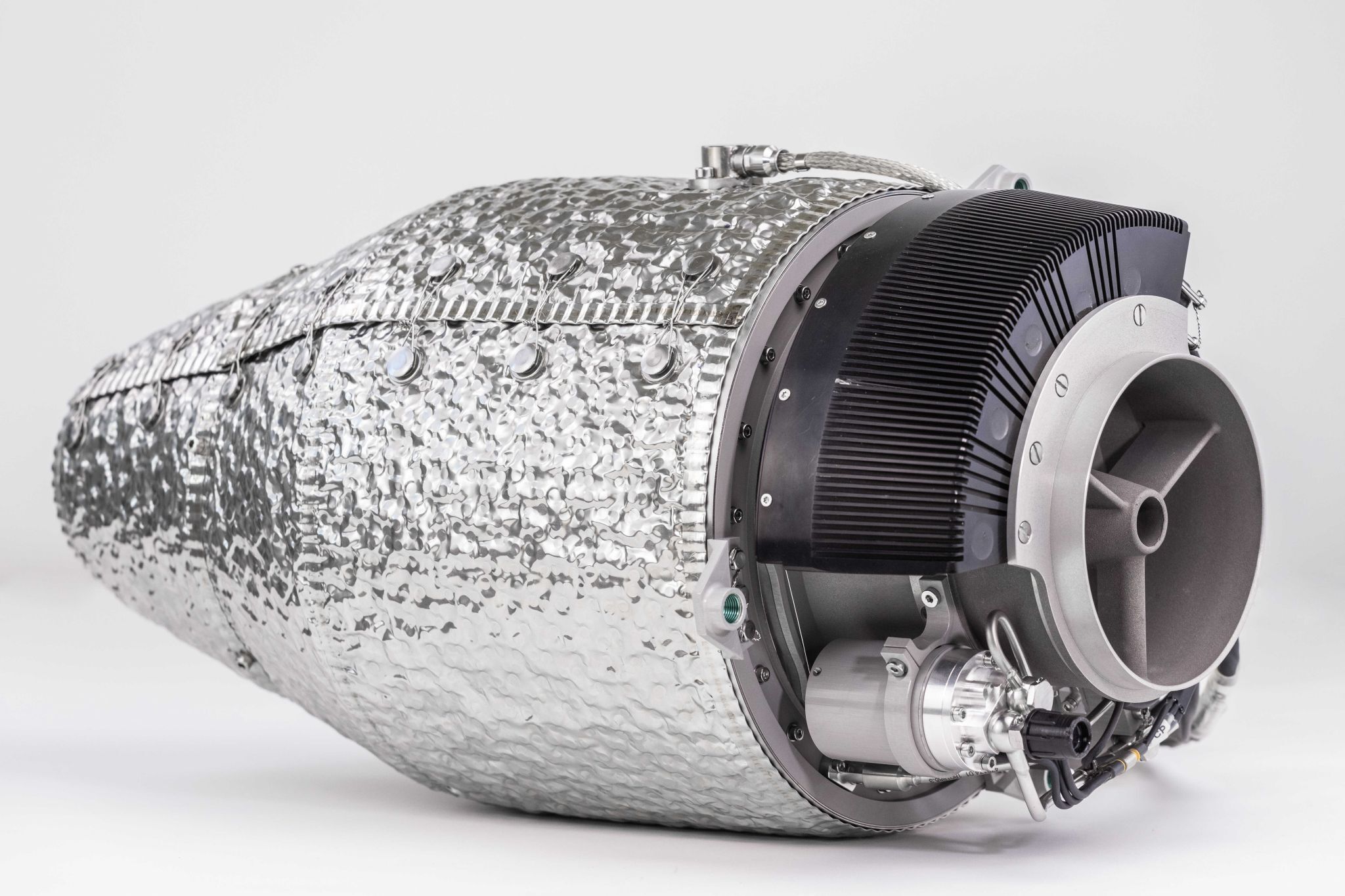
PBS AEROSPACE Expands Turbojet Engine Portfolio | Air & Space Forces Magazine
The PBS AEROSPACE portfolio of turbojet engines continues to grow in response to the DOD’s requirement for a wider variety of propulsion system options.




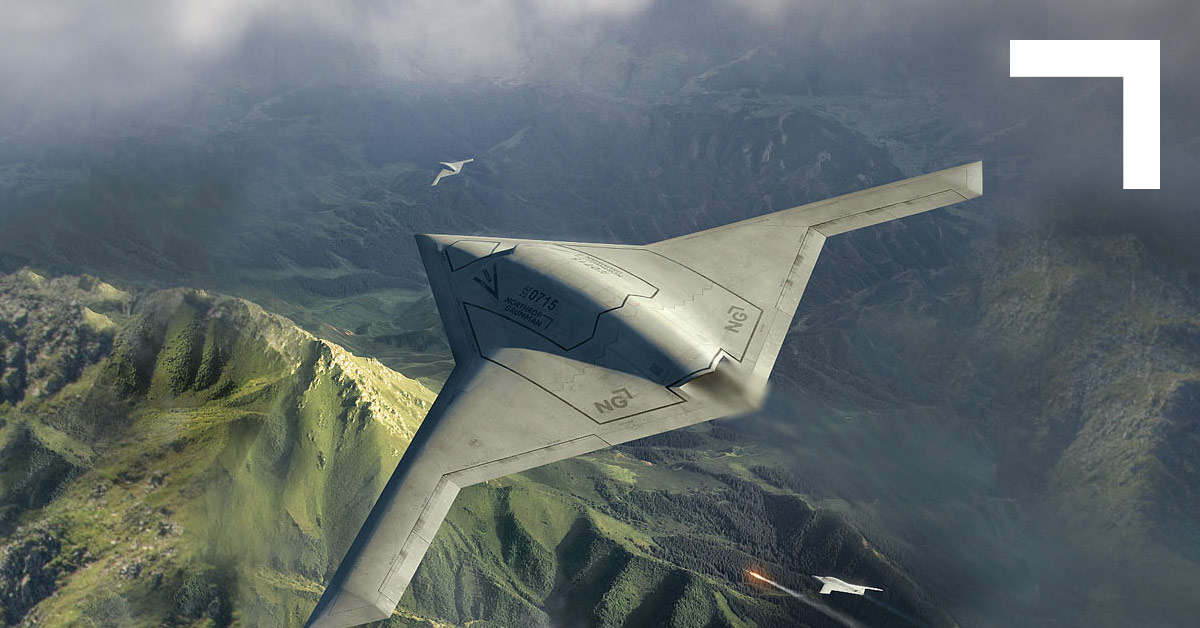
Kaman's KARGO UAV is a quadcopter designed to carry hundreds of pounds of supplies to Marines in expeditionary bases away from logistics hubs, either in a conformal pod or in a sling load under the unmanned air vehicle. (Kaman imagery)
WASHINGTON — Kaman is unveiling this week a medium-lift unmanned quadcopter meant to solve the biggest challenge to the Marine Corps’ expeditionary advanced base operations concept: resupplying small units of Marines scattered around island chains.
Kaman’s KARGO unmanned aerial vehicle has been designed from scratch over the past nine months to meet the Marines’ needs for an Unmanned Logistics Systems-Air (ULS-A) medium-lift vehicle for the distributed laydown the Marines expect will be the hallmark of their operations in the future in places like the Pacific, the Baltic Sea or other contested areas.

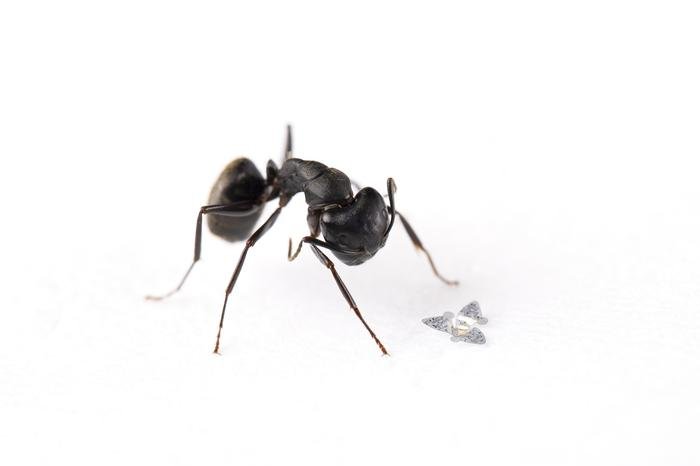
 www.upi.com
www.upi.com
Some more background:
Winged microchip is the world's smallest human-made flying structure - UPI.com
Engineers at Northwestern University have shrunk a microchip to roughly the size of a grain of sand and given it the power of flight.www.upi.com


Unlike larger long endurance UAS, Vanilla is a tactical-scale Group III system that uses an internal-combustion engine for propulsion. Its smaller size enables runway independent launch from forward locations with minimal manning. Unlike solar-powered high-altitude systems, Vanilla is immediately responsive to operator tasking and flies at tactical altitudes, thereby accommodating smaller and lower cost sensors for the same C5ISR value. Vanilla runs on standard Jet-A fuel, easing logistics concerns during forward operations.
Vanilla’s airframe can carry up to 150 lbs of sensor payloads across five internal bays and external mounts, each receiving onboard power and datalink for sensor C2. A VTOL variant is in production with government sponsorship and will take flight in early 2022.
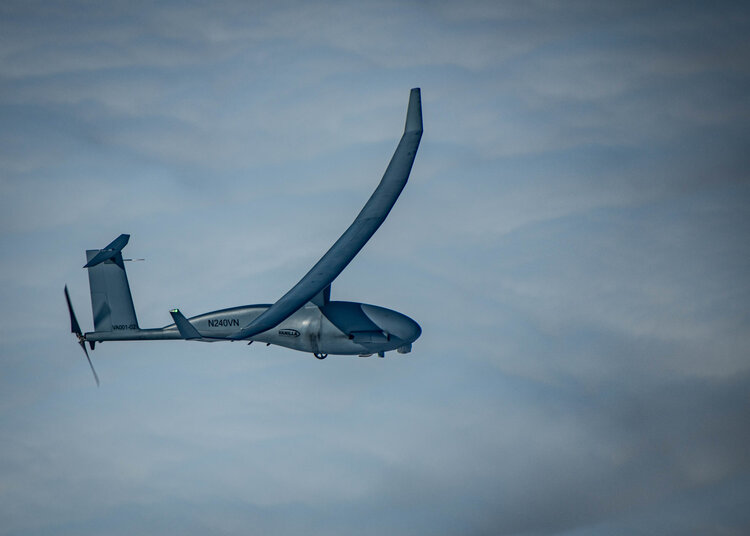
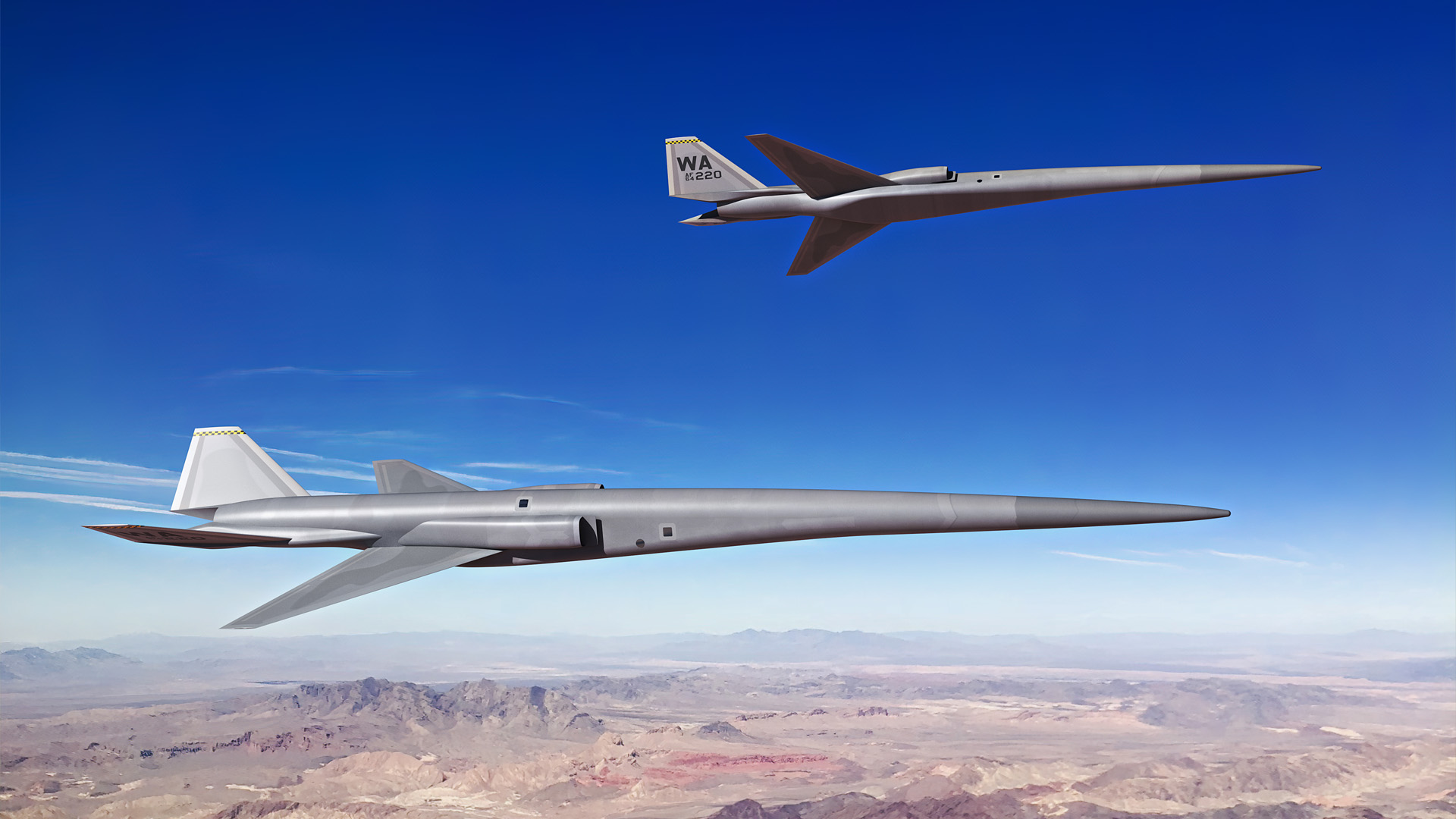
 www.exosonic.com
www.exosonic.com
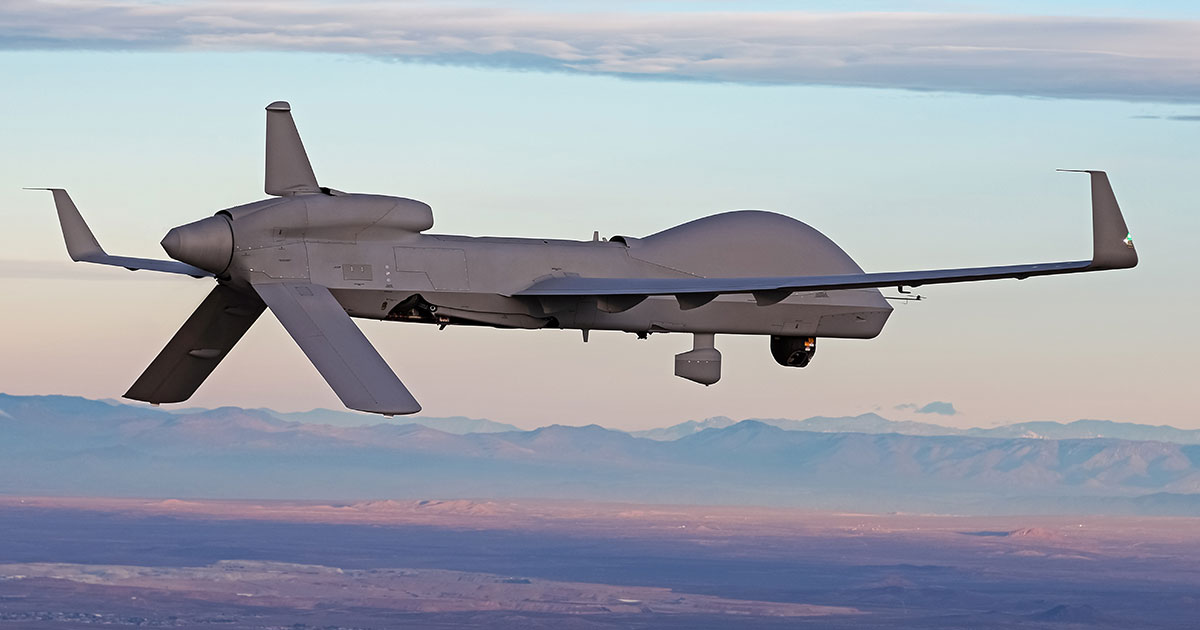


The idea of non-lethal robots is so self evident if you thought about the problems of "limited scale conflicts".
The Inventor of the Taser and the Body Cam Wants to Put Them on Drones
His pitch: non-lethal, robotically deployed Tasers can change the face of war.www.defenseone.com
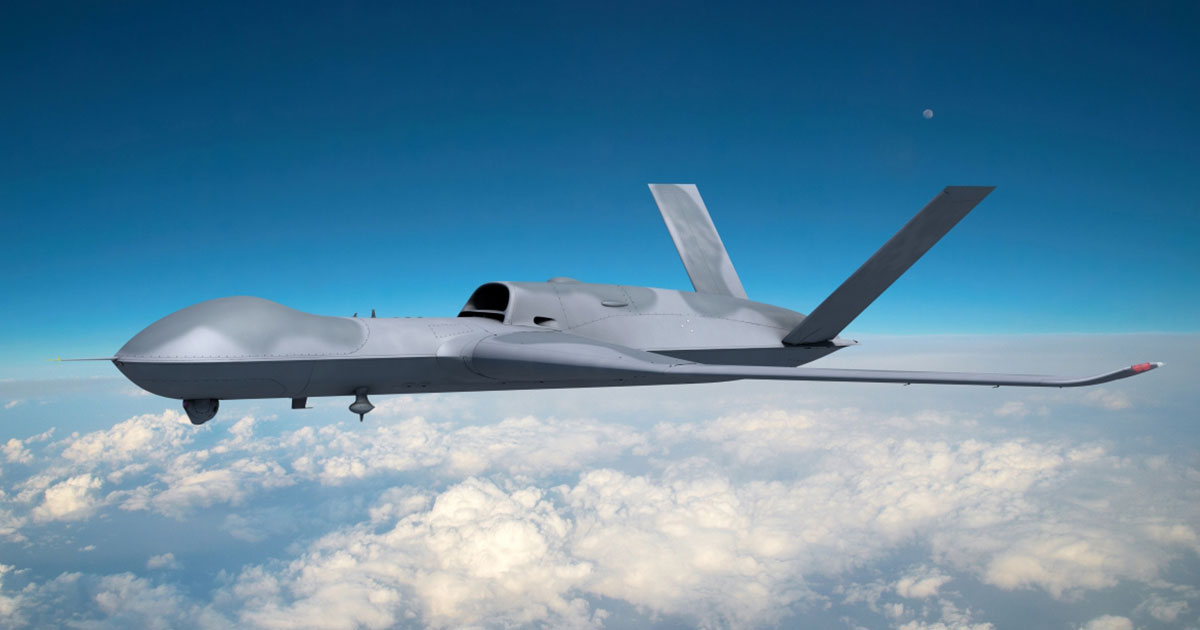
this is Congressional capture at it's pinacle. These are not survivable, high performance-endurance craft. Concept testing at best. Skeet to any decent IADS.Kratos, General Atomics Get Contracts for Off-Board Sensing Station (OBSS) aircraft.
Kratos Awarded New U.S. Air Force Program of $17.6 Million to Develop and Test Jet UAS for Manned-Unmanned Teaming | Kratos Defense & Security Solutions, Inc
The Investor Relations website contains information about Kratos Defense & Security Solutions, Inc's business for stockholders, potential investors, and financial analysts.ir.kratosdefense.com

GA-ASI Awarded OBSS Contract from AFRL
General Atomics Aeronautical Systems, Inc. (GA-ASI) received a $17.8 million award from the Air Force Research Laboratory (AFRL) to design and develop an unmanned Off-Board Sensing Station (OBSS) aircraft.www.ga.com
I mean lets face it no offense to other 5th/6th gen aircraft programs but I dont see any of them ever being used in any serious operations if we exclude short range air defenses. Russia, Europe and of course as we see now the U.S. want their next gen aircrafts to control drones doing attacks because your obviously not risking the life of the pilot as much and they are cheap to produce.this is Congressional capture at it's pinacle. These are not survivable, high performance-endurance craft. Concept testing at best. Skeet to any decent IADS.


EXCLUSIVE: General Atomics is secretly flying a new, heavily armed drone - Breaking Defense
The new yet-unnamed drone can carry up to 16 Hellfire missiles at a time — double the load of an MQ-1C Gray Eagle.breakingdefense.com
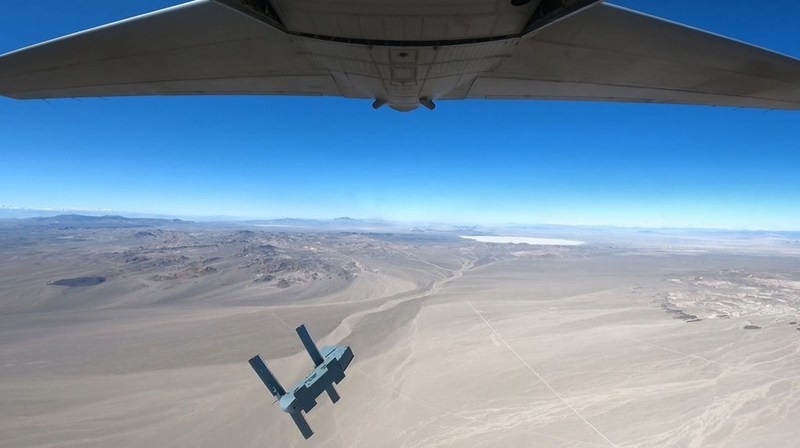



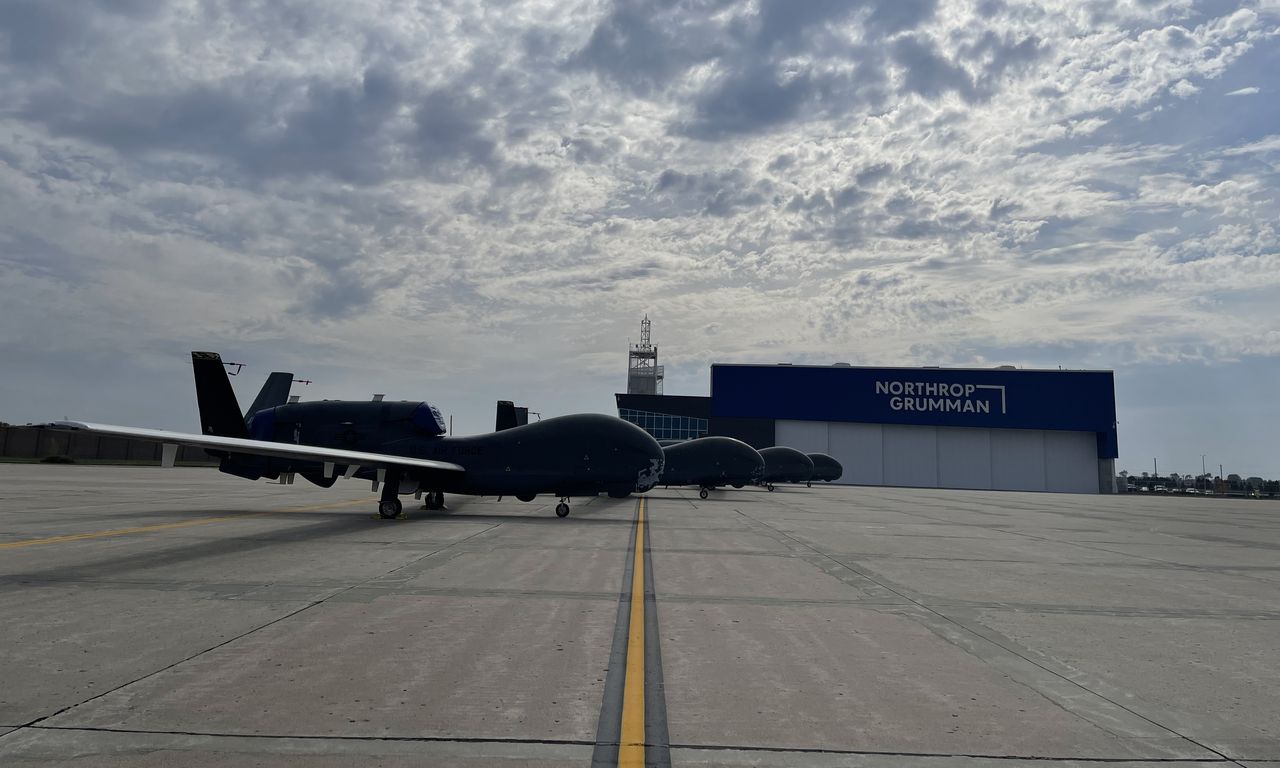

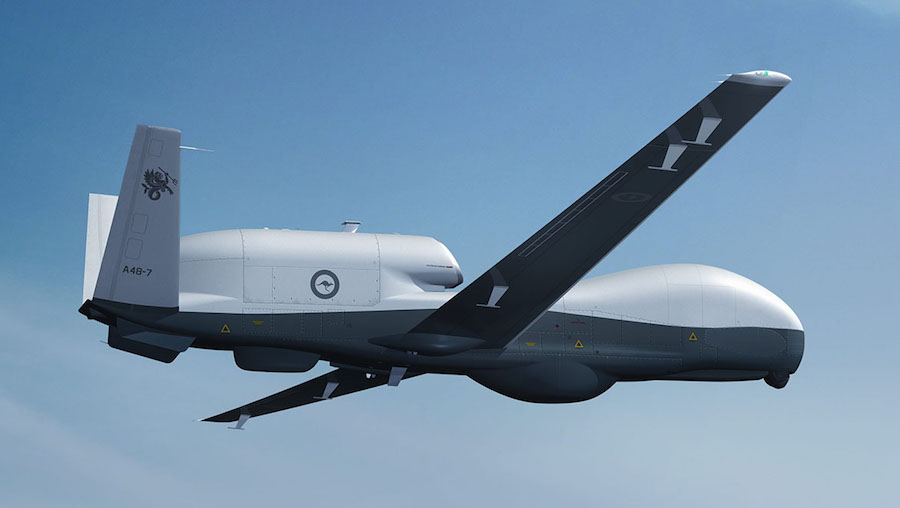
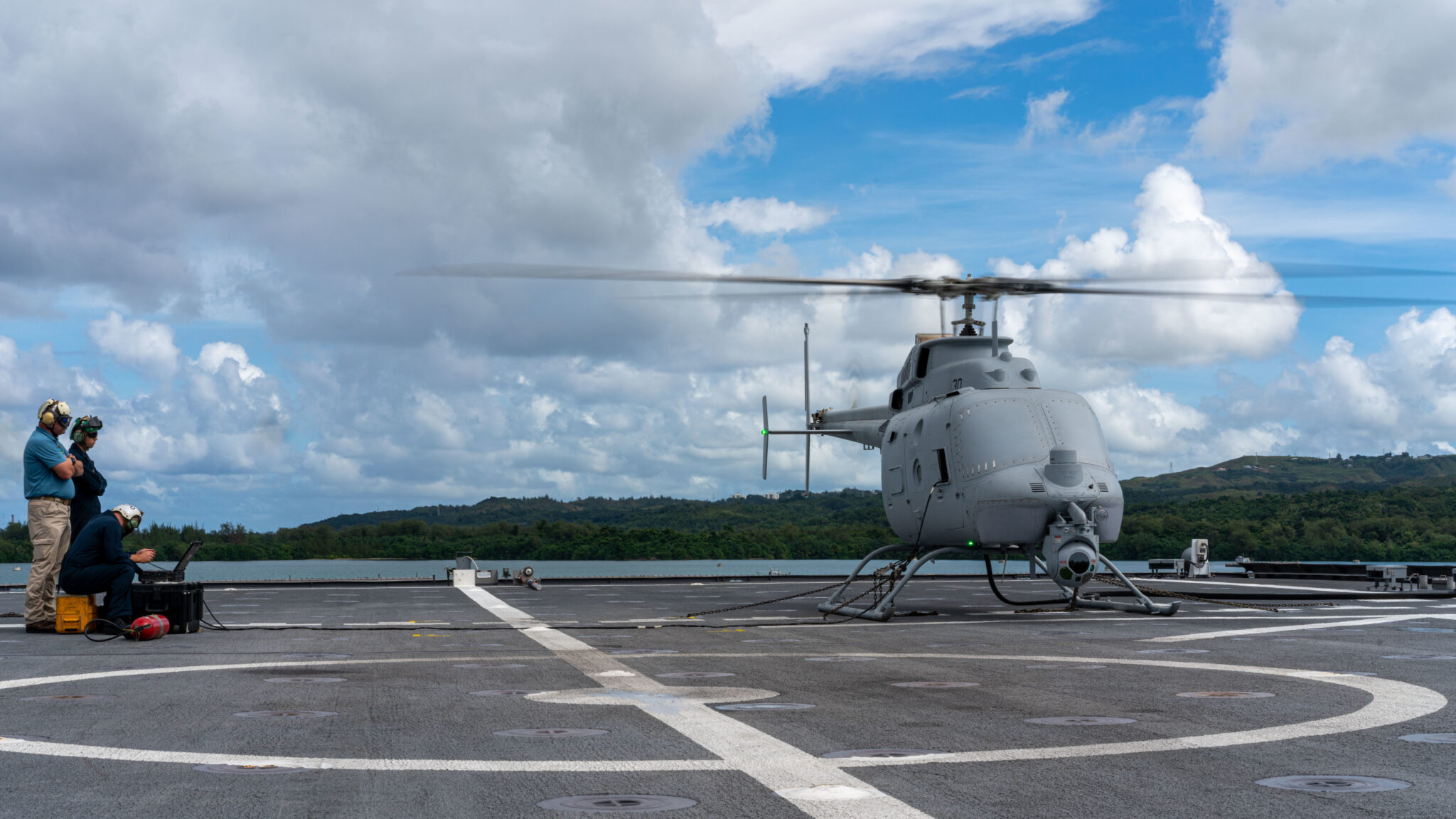
Awarded by the US Naval Air Systems Command (NAVAIR) on 23 December, the USD50.9 million FRP Lot 3 contract modification covers the delivery of 65 BQM-177A aerial targets. Alongside 50 for the USN, the contract with Kratos additionally covers the delivery of seven SSAT vehicles for Japan and eight for Saudi Arabia under Foreign Military Sales (FMS) arrangements.


The “right solutions” for future conflict must have multi-domain capabilities and be intelligent and interoperable to communicate and transfer data between systems.
By Breaking Defense on January 19, 2022 at 9:29 AM
The future of warfare and the Defense Department’s latest concept of operations—specifically all-domain operations and distributed operations—will be written by unmanned systems operating at the tactical edge, either individually or as part of a swarm, with interoperability for both manned-unmanned and unmanned-unmanned teaming operations.
In this interview with Wahid Nawabi, chairman, president and chief executive officer of AeroVironment, we discuss how expensive military assets can be replaced and augmented with more affordable and attritable unmanned systems enabled by the meshing of autonomous systems, artificial intelligence, machine learning and edge computing.
Breaking Defense: Describe the evolving threat environment that the unmanned systems of today and tomorrow need to be targeted at. What are the rapid, multi-mission capabilities needed?
Nawabi: The evolving threat is what you saw in the Armenia-Azerbaijan war in 2020 where lethal, armed drones made by Chinese, Israeli, and Turkish defense companies literally disabled an entire military. Armenia had all their tanks on their front lines and within 48 hours they were disabled. It was done primarily with not-that-complicated, cheap, low-tech lethal drones fired by the Azerbaijan military.
That’s just a glimpse of what the future battle will look like against state-run, near-peer or peer adversaries like China or Russia. It could happen in Eastern Europe, Taiwan, parts of Korea, and elsewhere. Our adversaries are doing this already and the U.S. and its allies have to be ready for that conflict today.
I’m afraid that the Defense Department’s current approach of working with large defense primes like Lockheed Martin, Northrop Grumman, Boeing, or General Atomics, who don’t have much technology in these areas nor the capability and agility to get there fast and affordably, is not the solution.
The solution comes from companies like AeroVironment and many others like us who specialize in intelligent, unmanned systems. We recognized this a while ago and have strategized our entire investment profile portfolio in that direction. We’ve got 80 percent of the raw material, as I call it, to deliver that capability and meet the evolving threat environments of the future in the next two years.
Breaking Defense: If these low-tech, cheap, unmanned systems are able to do so much damage, then why do we need more expensive, complicated, and smart unmanned systems for all-domain operations that can identify, classify, prioritize, and engage all on their own?
Nawabi: Two reasons why. One, that conflict involved two not-so-sophisticated adversaries. Russia and China are not the same as Azerbaijan when it comes to their sophistication and technology. That’s by far the number one reason why.
Number two is even though the systems that Azerbaijan used were low-tech or perceived to be rudimentary, they were not multi-domain and operated only in the air domain. For our near-peer and peer adversaries we need multi-domain systems with much higher levels of autonomy and the ability to operate in both GPS-denied environments and in contested airspace. Azerbaijan was not faced with any of that. The U.S. would be faced with that if we were to get into a conflict with China or Russia, which have intelligent, multi-domain capabilities.
Breaking Defense: To address that, AeroVironment says it is delivering the “right solutions” to enable all-domain operations. What are they? What are you specifically investing in?
Nawabi: As I mentioned, the right solutions have to be, first and foremost, multi-domain because our adversaries have multi-domain capabilities[...]
[...]The second piece is that the right solutions also have to be intelligent, meaning that these systems have to work together as a team—both manned and unmanned, and unmanned-unmanned[...]
[...]Future conflicts are going to be heavily unmanned. Unlike prior conflicts where humans were on the front lines, future conflicts with near-peer adversaries will rely on massive amounts of unmanned assets for battlefield engagement. Those systems have to be multi-domain, interoperable, and intelligent
During the November experiment at Fort Campbell, Raytheon’s system allowed a single operator to successfully control a swarm of 130 physical drones and 30 simulated drones while Northrop demonstrated a user controlling a swarm of 174 platforms.
“Combined air and ground behaviors, such as intel recon and area patrol, are some of the swarm tactics employed. We also were able to sustain swarm operations for up to 3.5 hours,” Erin Cherry, senior technical program manager of emerging capabilities development at Northrop, said in a statement.
She added that Northrop’s swarm was able to detect about 600 “artifacts” — intelligence, environmental information and mission scenario elements created by DARPA for the event — in roughly 20 minutes.


